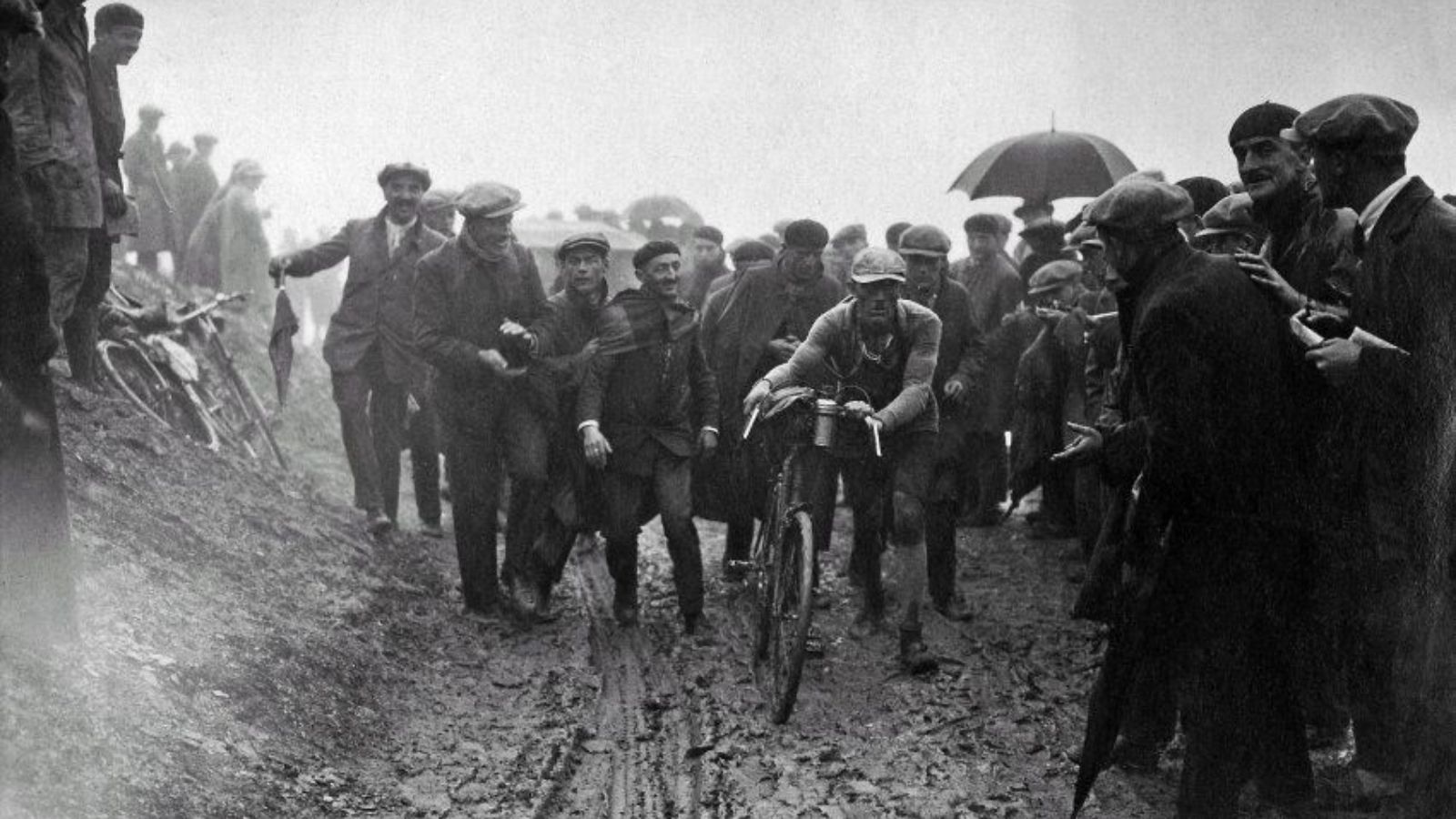As Vuelta a Espana 2023 is heading to its final week, focusing on the topic road cycling in the high mountains seems to be a good idea here on PelotonTales blog.
Mountain stages of a road cycling races, especially of the grand tours (Giro d'Italia, Tour de France, Vuelta a Espana) are usually the most popular moments of a cycling event. It's no wonder, hence these are the stages where the main contenders of the general classification usually have to fight against each other directly.
IF YOU LIKE PELOTONTALES BLOG,
PLEASE SUPPORT IT WITH A SMALL DONATION VIA PAYPAL
THANK YOU!
And let's be honest, most of us are watching a cycling race first of all to learn who will be the best rider in the general classification.
Also, the most captivating vintage cycling images were usually taken in the mountains.
Of course, as in case of any other cycling topic, Tour de France is the most documented of the three grand tours also when it comes to the mountain stages. Thus don't be surprised, when you bump into significantly more posts about this race than other. Also, PelotonTales blog tends to focus more on the early decades of road cycling races (especially of Tour de France), and considering that the history of Vuelta a Espana started only in 1935, also Giro d'Italia is significatly less documented (especially in English, German and French, the languages I frenquently use) in the first few decades than the French race, again, gives a simple explanation, why posts about Tour de France are dominating the content of this topic.
Road cycling in high mountains since 1910
Although ascents were included already in the first Tour de France, the real challenge of mountain stages arrived in 1910, when the race visited the Pyrenees for the first time. As you can read the story here, it wasn't an easy ride to discover, if the Pyrenees is suitable for a cycling race like Tour de France. The story about the bears, the cold and snow and the lost journalist on the Tourmalet is definitely one of the most told of every Tour de France stories.

So, Tourmalet and the other members of the "mighty four" (Aspin, Aubisque, Peyresourde), usually were included into the program of the race together, have been pivotal parts of the Tour de France since the early years. These mighty ascents were usually the places of the most epic, most fascinating or even unbelievable stories in the history of Tour de France.
Just think about the 10th stage in 1926! It is still considered the toughtest Tour de France stage ever.
Or the miraculous rescue of Wim van Est fallen in a ravine in 1951. Or the crash of Bernard Thévenet in 1972. And so on. And so on.
So, if you click on the blog category Tour de France in the Pyrenees, you can find more fascinating stories set in the Pyrenees, mostly during the 1920s and in 1930s as it fit into the main tendencies of the blog.

Tourmalet is definitely the mighty ascent witnessed the most exciting cycling stories, but Aubisque and Aspin have also plenty stories to provide anyone who loves to read about road cycling races from the good old days.
The history of summit finishes
Although high mountains were part of Tour de France since the 1910s (one year after the introduction of the Pyrenees, the race visited the Alps for the first time.) the first summit finish was introduced only in 1952. This was the legendary Alpe d'Huez.
Actually the program of Tour de France 1952 included not one, but three summit finishes. Fun fact: all three was won by Fausto Coppi. The youngest Campionissimo delivered a superhuman performance during his last Tour de France. (Just a quick reminder, Coppi rode Tour de France only three times during his extraordinary career. ) He won the race almost half an hour ahead of 2nd placed Stan Ocker. Actually, Coppi's dominance was so big, organizers had to double the prize money for 2nd place to motivate the rest of the peloton.
Iconic mountains elsewhere in France
Alpe d'Huez became an istant classic and still one of the most popular ascent of Tour de France. And the race visits the Alpes every year since 1911.
Certanly it would be unimaginable a Tour de France without any Pyrenees or Alpes stage.
But there are some other famous ascents outside of these two big mountains too. Mont Ventoux and Puy de Dôme are the two most famous one not located either in the Pyrenees or in the Alps. But in the recent few decades during the race directoship of Christian Prudhomme, also La Plance des Belles Filles elevated to the most iconic cycling places in the world. Especially since THAT individual time tial in 2020.
Stelvio and Monte Zoncolan
Switching to the Giro d'Italia at the end of this long post, it's worth to mention first of all the Stelvio pass. When it comes to fascinating vintage cycling images from Italy, especially from the Dolomites, usually Stelvio amd Monte Bondone provide some captivating snowy mountain cycling pictures.
Cycling in high mountains at Vuelta a Espana
As I have already mentioned it several times, there are significantly less relevant content about Vuelta a Espana than the other two grand tours, especially from time period preferred on PelotonTales blog. (Because the first Vuelta was held only in 1935, thus there can be any Vuelta content before the First World War or from the 1920).
But of course, it's not excuse not to post frenquently about the events related to hight mountain stages included in Vuelta a Espana. I know, I should post much more about the topic cycling in high mountains at the Vuelta too.
PelotonTales is a blog focuses mostly on the history of professional road cycling races, written by Anita Pethő. If you want to learn more about the author of PelotonTales blog, please visit the official website of Anita Pethő.